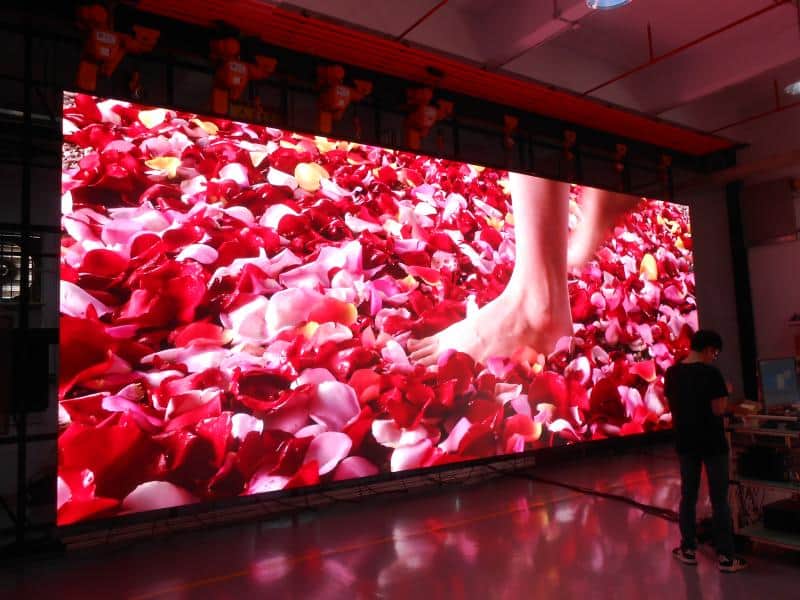A Thorough Comparison of Different LED Video Wall Techniques and Their Uses
A Thorough Comparison of Different LED Video Wall Techniques and Their Uses
Blog Article
LED display walls are increasingly common across different settings, such as concerts, sports competitions, as well as corporate presentations. These large displays consist of composed of many individual Light Emitting Diode modules that work together to form a single cohesive image. There are multiple kinds of Light Emitting Diode display screen technologies available, each with its own features and benefits. Understanding these technologies can help businesses and organizations choose the appropriate option for their particular requirements.
A common kind of LED video screen technology is the direct view Light Emitting Diode. This technology utilizes individual LED units that are placed near together to form a large screen. Directly viewed Light Emitting Diode screens are known for their elevated brightness and lively hues, making them ideal for external events or well-lit illuminated environments. They also have a wide viewing perspective, allowing means that people can view the screen clearly from different locations. Such makes direct view Light Emitting Diode screens a favored choice for stadiums as well as external festivals.
Another kind of Light Emitting Diode video screen solution is the LED-backlit LCD. Such solution combines traditional Liquid Crystal Display displays with Light Emitting Diode illumination to enhance brightness and hue precision. LED-backlit LCDs are commonly utilized in indoor settings, including retail centers and conference rooms. These displays provide superior visual quality and are typically more affordable than directly viewed LED walls. However, they may often function as effectively in bright environments, as the illumination can occasionally dull the hues.
A third option is the OLED display screen. OLED technology offers exceptional differentiation as well as color depth compared to alternative kinds of screens. Every dot in an OLED screen emits its own light, enabling for genuine dark tones as well as vibrant colors. Such renders Organic Light Emitting Diode display walls particularly appealing for applications which demand premium images, including gallery galleries or high-end retail stores. However, OLED technology can be costlier expensive and may not be as bright as directly viewed Light Emitting Diode screens, rendering it less suitable for outdoor use.
In addition to these technologies, various additionally multiple applications for LED video screens. These displays can be utilized for advertising, entertainment, and data presentation. For instance, businesses often utilize Light Emitting Diode display walls for digital advertising to draw in clients and promote goods. Within entertainment, they enhance the sight experience at concerts as well as gatherings, providing dynamic backgrounds as well as captivating visuals. In business environments, Light Emitting Diode video walls can be utilized for demonstrations, visual meetings, as well as training sessions, aiding to communicate information in a aesthetically appealing way.
To summarize, Light Emitting Diode video walls are available in various types, each having its unique advantages and uses. Direct view LED screens are great for outdoor applications, whereas LED-backlit LCDs are more appropriate for indoor environments. Organic Light Emitting Diode display screens offer superior image clarity yet may come at a navigate to this web-site greater price. Understanding the differences differences can help entities make informed choices about which kind of LED video wall best satisfies their requirements, whether for promotion, entertainment, or business use.